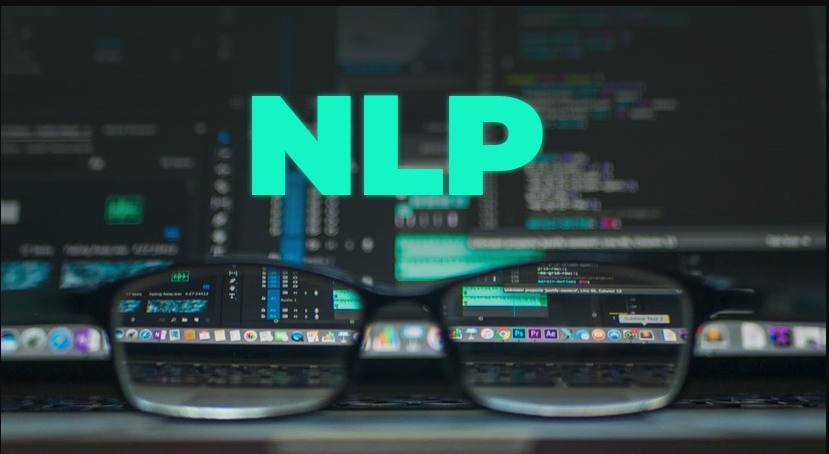Insurance, like ancient hieroglyphics, can sometimes feel like a language only the initiated can decipher. But here’s the scoop – there’s a new language in town, and it’s making waves in the insurance world. Natural Language Processing (NLP) in insurance is breaking down barriers and helping insurers communicate more effectively, process claims faster, and ultimately serve customers better. So, get ready to unravel the mysteries of NLP in insurance, where the only secret code is making insurance easier for all.
The ABCs of NLP in Insurance
Let’s kick things off by spelling out what NLP is all about. NLP is a branch of artificial intelligence that focuses on the interaction between computers and human language. In insurance, it’s like teaching your computer to understand, interpret, and generate human language – making it the ultimate translator between insurance-speak and everyday language.
Why NLP is the Insurance Superhero We Need
-
Policy Underwriting Made Painless: The world of policy underwriting is like navigating a maze of jargon and legalese. NLP swoops in, simplifying the language and ensuring you understand precisely what you’re signing up for. No more decoding policy documents like an ancient manuscript.
-
Claims Processing at Warp Speed: You’ve had a fender-bender, and you’re stuck in a never-ending claims process. Enter NLP. It helps your insurer quickly process and understand your claim by scanning and interpreting your accident description in plain English. Less time waiting for your car to get back on the road, more time enjoying pothole-free rides.
-
Customer Support That Speaks Your Language: Ever felt like you’re talking to a robot when contacting your insurance company’s customer support? With NLP, you’re talking to a smarter robot. It helps insurers offer more human-like interactions by understanding your inquiries and responding in a friendly, human way. “How can I assist you today?” instead of “Please enter your policy number.”
-
Fraud Detection Sherlock: Insurance fraudsters, beware! NLP is on the case. It analyzes text data in claims forms, emails, and more to spot red flags and detect fraudulent activities. It’s like having Sherlock Holmes working in the claims department, minus the deerstalker hat.
The Nuts and Bolts of NLP in Insurance
Let’s delve into how NLP works its magic in the insurance industry:
-
Data Extraction: NLP can pluck relevant information from unstructured data, like policy documents or claim descriptions. It’s like finding a needle in a haystack, but NLP does it in milliseconds.
-
Sentiment Analysis: NLP can determine the emotional tone of a piece of text. This helps insurers gauge customer satisfaction and address issues promptly. If you’re not happy with your service, NLP helps insurers know it’s time to turn that frown upside down.
-
Chatbots and Virtual Assistants: NLP powers chatbots and virtual assistants, making them more adept at holding conversations with customers. They can answer queries, guide policy purchases, and provide assistance 24/7.
The Future of NLP in Insurance
NLP isn’t just a one-hit wonder; it’s an evolving superstar in the insurance industry. Here’s where the future is heading:
-
Automated Underwriting: NLP is set to revolutionize underwriting, making the process more efficient and accurate. Insurance companies can quickly evaluate risks and determine premiums based on information from various sources.
-
Enhanced Customer Experiences: Imagine getting personalized insurance recommendations in natural language, just like chatting with a helpful friend. NLP is making it possible.
-
Smarter Claims Processing: NLP is continuously improving its ability to understand and process claims quickly, reducing the hassle and time it takes to settle claims.
Navigating Challenges in NLP Insurance
While NLP is a language genius, it’s not without its challenges:
-
Data Privacy: Handling sensitive customer data requires robust security measures to ensure privacy and compliance with data protection regulations.
-
Data Quality: NLP’s accuracy depends on the quality of the data it processes. Garbage in, garbage out – the adage holds true.
-
Integration with Legacy Systems: Many insurance companies still operate with legacy systems, which can be challenging to integrate with modern NLP solutions.
-
Accuracy and Interpretation: NLP is excellent, but it’s not perfect. It can misinterpret context or nuance in some cases, which can lead to errors.
In Conclusion – The Language of the Future
NLP in insurance is not just a fancy buzzword; it’s a game-changer. It’s helping insurers communicate with customers more effectively, process claims faster, and improve overall service. It’s the Rosetta Stone of insurance, translating complex jargon into plain language and making the industry more accessible to everyone.
As NLP continues to evolve and integrate further into the insurance landscape, it will usher in a new era of streamlined processes, enhanced customer experiences, and smarter decision-making. So, get ready to embrace the future – one where insurance is more understandable, more efficient, and a lot less mysterious.




